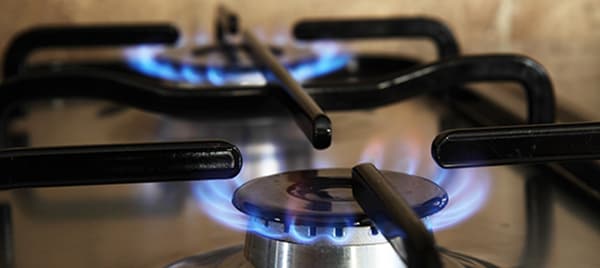GAR Surveillance – Time to act!
Published: February 2018

There are less than 10 weeks to go until the new Gas Appliances Regulation (GAR) comes fully into force on 21 April 2018. After that date, all gas appliances and “fittings” placed on the EU/EFTA market must be in compliance with the technical and procedural requirements of the GAR, and all existing Gas Appliances Directive (GAD) documentation will cease to have any validity or meaning.
At BSI we have seen the vast majority of our clients well engaged with the process, and most have been extremely busy performing their risk assessments and reviewing any impact that “state of the art” might have on their existing products. Our clients tell us that the training, seminars and webinars we’ve organized around the world has provided great guidance and support to the industry and has helped ease the pain of transition.
Much of the work to date has been concentrated on product design, and the associated EU Type Examination of gas products, but it’s now time to get started on the transition of the production surveillance side of things too, as both parts need to be completed in order to legally supply product after 21 April.
For manufacturers intending to produce reasonable quantity of product, there are just three realistic surveillance options within the GAR, and I have described these in more detail below, along with an outline of what has changed between the old Directive and the new Regulation:
Module D (Quality Assurance of the Production Process)
In essence, this is about the production facility having an ISO 9001 Quality Management System (with a scope that covers the manufacture of the appropriate type(s) of gas appliances) that is certified by a Notified Body (be sure to check your ISO 9001 CB is appointed on Nando). As ISO 9001 is a very popular system, this is the module that the vast majority of our clients choose to implement for their GAR surveillance.
Module D outlined in the GAR is virtually unchanged from the GAD, as all the new requirements apply to Notified Bodies to ensure they are using assessors that have suitable expertise with the regulations and the products being manufactured. BSI has invested in a programme of training for our global network of assessors to ensure we can continue to deliver the service locally without incurring lots of travel costs.
Module E (Product Quality Assurance)
Again, this is about having an ISO 9001 Quality Management System (with a scope that covers the final inspection and test of the appropriate type(s) of gas appliances) that is certified by a Notified Body (appointed on Nando). This is the second most popular module among our clients.
Module E in the GAR is also largely unchanged from the GAD, as all the new requirements apply to Notified Bodies to ensure they are using assessors that have suitable expertise with the regulations and the products being manufactured. BSI has invested in a programme of training for our global network of assessors to ensure we can continue to deliver the service locally without incurring lots of travel costs.
If you already have ISO 9001 with BSI (or another accredited CB) then it is a simple matter to transition to GAR Modules D or E (depending on scope) and, in many cases, no additional assessment visit will be needed and we can continue you on the same visit cycle you are used to.
Module C2 (Supervised Product Checks)
This is the trickiest of the mass-production options within the GAR. Module C2 requires that manufacturers control the production process and appoint a Notified Body, who is required to perform “appropriate tests” (eg: a selection from the relevant product standard) on an “adequate sample” of the appliances/fittings to check their conformity with the relevant requirements before they are placed on the market.
These checks then have to be repeated at random intervals of one year or less.
BSI’s experts feel that the requirement for randomness and for the Notified Body to ensure an “adequate sample” of appliances/fittings is tested prior to them being placed on the market makes this option extremely complex to coordinate, extremely high-risk and likely to be commercially unattractive for our clients.
For clients that were using the “Module C” option under the GAD (this is different to the new C2 requirement), BSI are recommending they take this opportunity to transition to Module E, which will require procedures for the final inspection and testing of products, which most of our Module C clients should already have developed.
BSI has written to all of our existing clients and explained the implications of GAR to them. Time is now running short to make a formal application for surveillance and have this reviewed and updated certification issued ahead of the 21 April deadline.
As the market leader in ISO 9001 assessment, we are well-placed to deliver high quality assessments for modules D and E all over the world. To speak to use about transitioning your GAR surveillance to BSI please get in touch on +44 345 0765 606 or email product.certification@bsigroup.com

Author: Graham McKay
Global Head of Gas & Electrical Products



